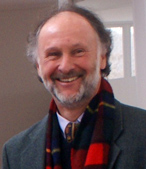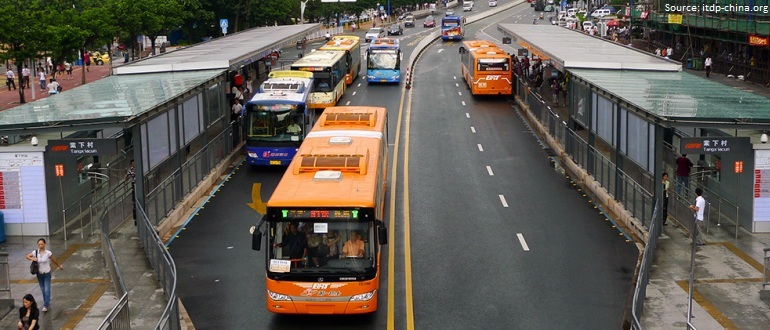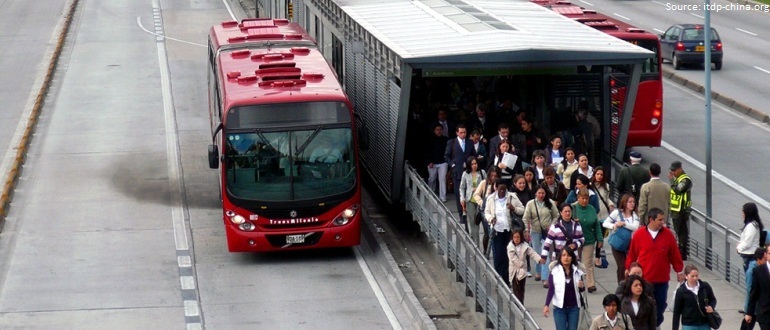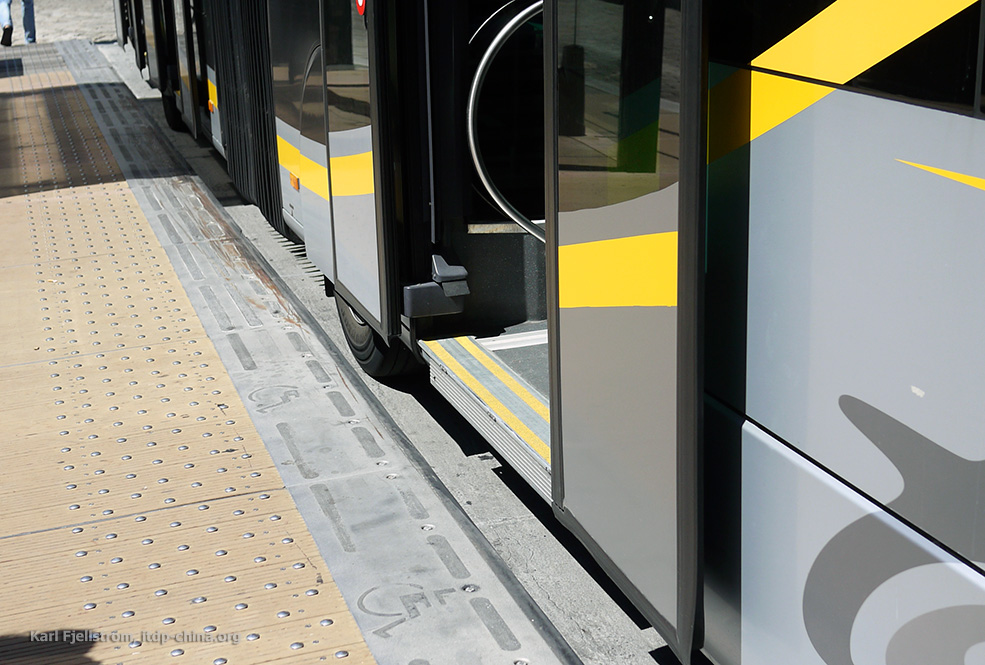Interview to Professor Juan de Dios Ortuzar during his stay in The University of Western Australia

During July 2010, Professor Ortuzar lived in Perth, where he was the Westnet Infrastructure Group Visiting Professor at The University of Western Australia Business School. He was interviewed about his research and his work in Perth.
Read full interview in The University of Western Australia’s website.
¿Comments? ¿Opinions? ¿Similar News? Send them to us!
Guadalajara decides to cancel their BRT project: controversy in Mexico
Mayors just rejected federal funding for line 2 of Guadalajara’s BRT. Their decision is allegedly based on technical studies showing that LRT is a better option – full press conference article (in Spanish).
In response, the Governor of Jalisco slams them for «sending the jobs and federal money to Monterrey» – full press release (in Spanish).
Bunch of links on the polemic (in Spanish): informador.com.mx
¿Comments? ¿Opinions? ¿Similar News? Send them to us!
The ALC-BRT CoE has been awarded a five-year grant from the Volvo Research and Education Foundation (VREF)
Read full article in VREF’s website.
¿Comments? ¿Opinions? ¿Similar News? Send them to us!
Special Issue of Research in Transportation Economics edited by Rosário Macário

Research in Transportation Economics is a journal devoted to the dissemination of high quality economics research in the field of transportation. The content covers a wide variety of topics relating to the economics aspects of transportation, government regulatory policies regarding transportation, and issues of concern to transportation industry planners. The unifying theme throughout the papers is the application of economic theory and/or applied economic methodologies to transportation questions.
In this special edition Volume 30, Issue 1, Pages 1-154 (2010) ECONOMICS OF CONTRACTUAL RELATIONSHIPS IN THE PROVISION OF TRANSPORT INFRASTRUCTURE, edited by Rosário Macário, you can find the following articles from members of our Centre of Excellence:
Galilea, P. and Medda, F. (2010) Does the political and economic context influence the success of a transport project? An analysis of transport public-private partnerships. Research in Transportation Economics 30, 102-109.
Macário, R. (2010) Critical issues in the design of contractual relations for transport infrastructure development. Research in Transportation Economics 30, 1-5.
Macário, R. (2010) Future challenges for transport infrastructure pricing in PPP arrangements. Research in Transportation Economics 30, 145-154.
Viegas, J.M. (2010) Questioning the need for full amortization in PPP contracts for transport infrastructure. Research in Transportation Economics 30, 139-144.
Photo: Metro de Santiago
¿Comments? ¿Opinions? ¿Similar News? Send them to us!
BRT special edition of Built Environment

«Bus Rapid Transit: A Public Transport Renaissance» is a special issue of Built Environment (Volume 36, number 3, edited by Professor Sir Peter Hall and Professor David Banister, guest editor: Lloyd Wright, Viva) that traces both the history of and the current trends in BRT across the globe, providing a regional perspective on progress and challenges.
The following papers from members of our CoE are included in this publication:

Curitiba, the Cradle of Bus Rapid Transit
Authors: Luis Antonio Lindau, Dario Hidalgo and Daniela Facchini
Page start: 274
BRT in Latin America – High Capacity and Performance, Rapid Implementation and Low Cost
Authors: Dario Hidalgo and Aileen Carrigan
Page start: 283
More info: Promotional flyer and oficial website
¿Comments? ¿Opinions? ¿Similar News? Send them to us!
Our first appearences on the World Wide Web

During April, 2010, our Centre of Excellence was all over the World Wide Web!
Please check the following articles regarding our CoE’s establishment:
ALC-BRT CoE in PUC’s website (in Spanish)
ALC-BRT CoE in World Resources Institute’s website
ALC-BRT CoE in EMBARQ’s website
ALC-BRT CoE in MIT Portugal website
ALC-BRT CoE in MIT News website
¿Comments? ¿Opinions? ¿Similar News? Send them to us!
Welcome to our brand new website!

We are very pleased to launch the website for our Across Latitudes and Cultures – Bus Rapid Transit Centre of Excellence. We expect it to be a main tool to communicate our findings and inform about educational opportunities, but also to show what other actors worldwide are doing regarding BRT projects.
The main goal of this Centre of Excellence will be to develop a new framework for the planning, design, financing, implementation and operation of BRT in different urban areas, giving clear guidelines to decision makers on when and how BRT projects can effectively enhance mobility and meet accessibility needs. We expect these guidelines to be a major milestone to change the way decision makers address investment and design decisions in configuring urban mobility systems. An essential goal is to make the knowledge developed through the CoE widely available to support more successful BRT deployment, and in particular to identify elements which are transferable between existing and prospective BRT systems and elements that are project site specific. Our focus will not only be at the BRT project level, but also on how BRT projects interact with other elements of the urban system so that the total urban mobility system is transformed and the city becomes a more attractive place to live, work and visit. The proposed approach recognizes that, while integrated networks and not just corridors must be the focus, corridors are a structural element to the connectivity and effectiveness of hierarchical networks. We expect this website to be the main communication driver in this effort.
Even though we do not see ourselves as a BRT-Advocay Agency, we are convinced that the BRT concept is powerful and flexible, and capable of fitting into quite different realities and diverse social and land-use environments. Our Centre is formed by members with quite different backgrounds from 5 institutions of different corners of the world. We expect to capture the full breadth of situations, challenges and responses that BRT systems face worldwide. We feel very challenged for the opportunity of creating a Centre that could act as a nucleus on Bus Rapid Transit for public tranport researchers and practitioners.
Our CoE will build on three main foundations:
- Social and technical research, providing rigour and depth in problem formulation, analysis and evaluation.
- First hand empirical experience in the planning, design, finance, implementation and operation of BRT systems, providing a “feet on the ground, results oriented” approach.
- Political and policy analysis, providing vision and experience about the challenges of implementing BRT systems in real settings.
Our CoE will provide four major outcomes, each producing several deliverables:
- A BRT Observatory, that will gather, interpret and present data on real cases of BRT implementation, or preparation for such implementation, in the form of case studies.
- A BRT Laboratory, that will develop in-depth understanding of the factors and relations underlying system performance, be it on the physical, financial, institutional or other dimensions, developing or improving analytical methods and their supporting instruments.
- A BRT Educational program, that will deploy the knowledge gained from the Observatory and Laboratory in such a way that it generates added value to the real world of practitioners as well as didactic materials to support teaching, education and training for regular and long-life learning.
- Support in BRT Implementation and Dissemination through the world wide work of the different CoE partners and associated institutional networks.
We think that this Centre will be a quite unique opportunity not only to develop research that will stand at the border of our knowledge, but also to influence with our findings how cities are developed. This Centre will not be successful if it doesn’t get this last mile and reach some decision makers around the globe.
Juan Carlos Muñoz
Director
Across Latitudes and Cultures – Bus Rapid Transit Centre of Excellence (ALC-BRT CoE)
New World Bank Report. Challenges to Inclusive Bus Rapid Transit
The World Bank recently published a report, “Technical and Operational Challenges to Inclusive Bus Rapid Transit,” compiled by Tom Rickert, a consultant with extensive experience on accessible transportation. While the technical report is intended primarily for an audience of BRT system and service planners, its release marks a recognition of the practical challenges in making public transport in the developing world fully accessible.
Read full article in World Streets
¿Comments? ¿Opinions? ¿Similar News? Send them to us!
Passengers benefit from level-boarding platforms on Indore's BRT

Passengers riding Indore’s bus rapid transit (BRT) system will spend less time boarding and exiting buses, reducing overall travel delays, thanks to a decision to configure stations with level-boarding platforms. The new design will also provide greater accessibility to the elderly, visually impaired and physically challenged commuters.
EMBARQ India, under the leadership of Director Madhav Pai and Urban Planner Prajna Rao, influenced Atal Indore City Transport Services Limited (AICTSL) to make the decision, which was announced at a recent AICSTL board meeting, led by AICTSL CEO Vivek Shrotriya.
Read full article in EMBARQ’s website.
Photo: itdp-china.org
¿Comments? ¿Opinions? ¿Similar News? Send them to us!
How to Attract and Engage Public Transport Users in Mexico
Innovative communications and marketing campaigns increase ridership and improve user perception, according to the workshop “How do we attract and win over public transportation users?». About 90 transport officials from 30 cities across Mexico attended the first-of-its-kind forum on June 28-29 in Mexico City, organized and hosted by CTS-México with support from FedEx Corp. The theme revolved around addressing the needs of daily transport users, who are the most important stakeholders in any transit system.
Read full article in EMBARQ’s website
¿Comments? ¿Opinions? ¿Similar News? Send them to us!
Guangzhou Opens Asia’s Highest Capacity BRT System
The city of Guangzhou, China, officially opened the 22.5-kilometer Guangzhou bus rapid transit system, known as GBRT, on February 21, after a ten-day test run over the Chinese New Year holiday period. The GBRT is a system of firsts: it is the first BRT to directly connect to a metro system, the first BRT system in China to include bike parking in its station design, it has the world’s highest number of passenger boardings at BRT stations, highest BRT bus frequency, and longest BRT stations. Station operation is impressive, and its ridership levels are second only to Bogotá’s Transmilenio.
Read full article in Institute of Transportation & Development Policy’s website
¿Comments? ¿Opinions? ¿Similar News? Send them to us!







